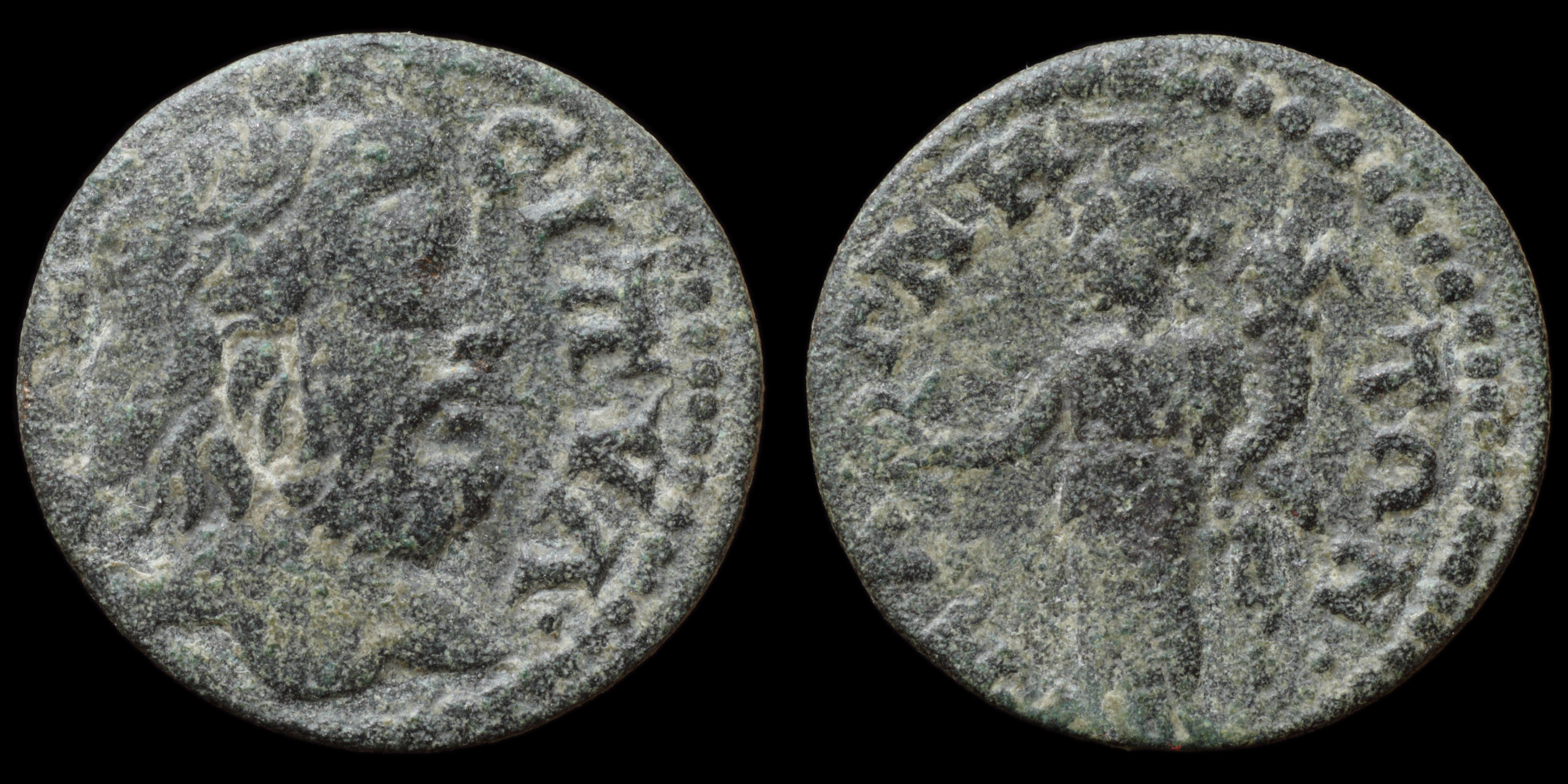Magnesia ad Sipylum was a city of Lydia on the river Hermus at the foot of Mount Sipylus. The city should not be confused with its older neighbor, Magnesia on the Maeander, both founded by colonists from the Greek region of Magnesia.
The first famous mention of the city is in 190 BC, when Antiochus the Great was defeated in the battle of Magnesia by the Roman consul Lucius Cornelius Scipio Asiaticus. It became a city of importance under Roman rule and, though nearly destroyed by an earthquake in the reign of Tiberius, was restored by that emperor and flourished through the Roman empire. It was an important regional centre through the Byzantine Empire, and during the 13th-century interregnum of the Empire of Nicea. Magnesia housed the Imperial mint, the Imperial treasury, and served as the functional capital of the empire until the recovery of Constantinople in 1261. Magnesia was one of the few towns in this part of Anatolia which remained prosperous under the Turkish rule.
The first famous mention of the city is in 190 BC, when Antiochus the Great was defeated in the battle of Magnesia by the Roman consul Lucius Cornelius Scipio Asiaticus. It became a city of importance under Roman rule and, though nearly destroyed by an earthquake in the reign of Tiberius, was restored by that emperor and flourished through the Roman empire. It was an important regional centre through the Byzantine Empire, and during the 13th-century interregnum of the Empire of Nicea. Magnesia housed the Imperial mint, the Imperial treasury, and served as the functional capital of the empire until the recovery of Constantinople in 1261. Magnesia was one of the few towns in this part of Anatolia which remained prosperous under the Turkish rule.
Modern location: Manisa, Turkey

An
AE
unit
struck c. 193-235 AD
in
Magnesia ad Sipylum
Obverse: bare bearded head of Sipylos right; СΙΠVΛ·_·ΟС
Reverse: Homonoia facing, head left, modius on head, holding patera cornucopia; ·ΜΑ_ΓΝΗ_ΤΩΝ·
Diameter:
18 mm
Die Orientation: -
Weight: 2.8 g
Die Orientation: -
Weight: 2.8 g
No notes for this coin
SNG Copenhagen 251; BMC 30.
